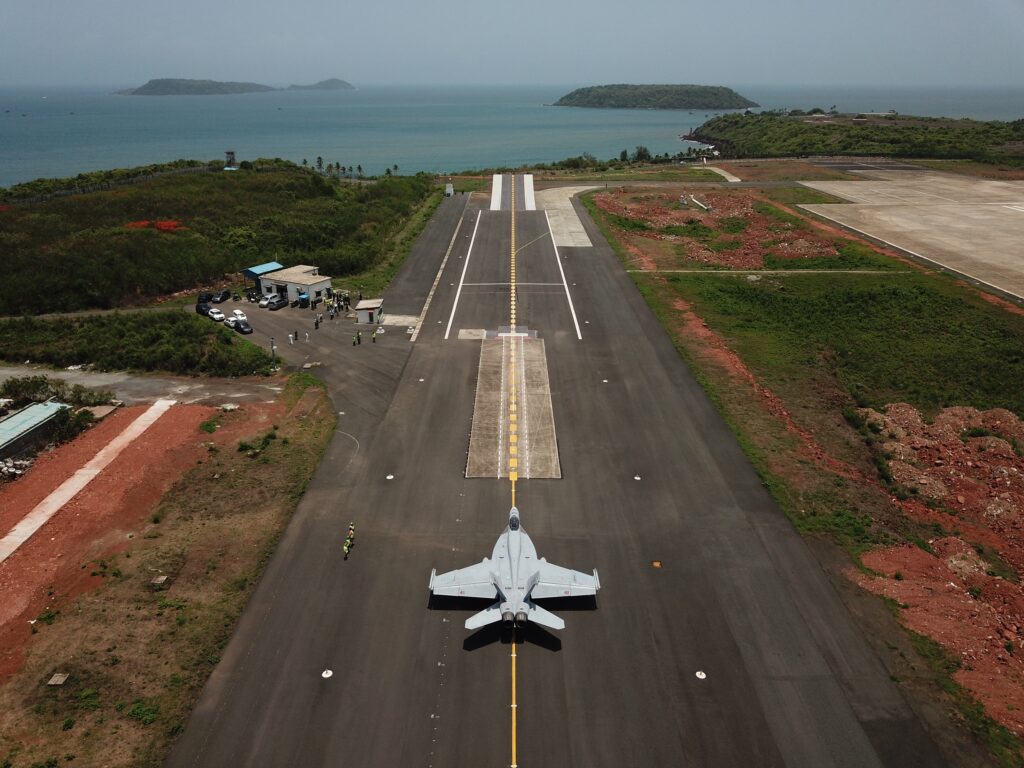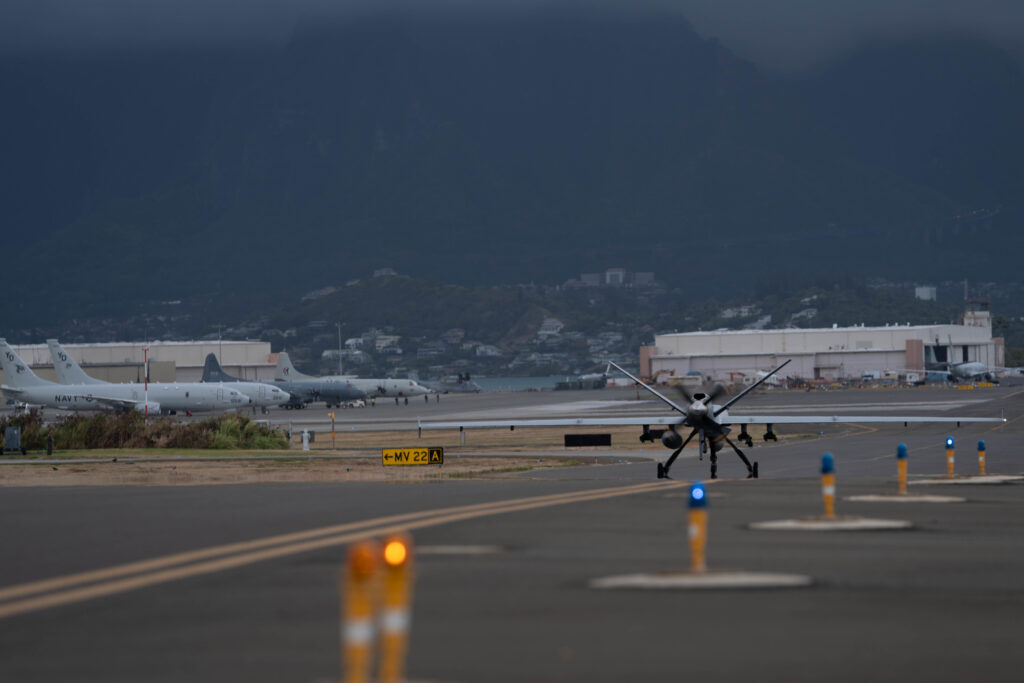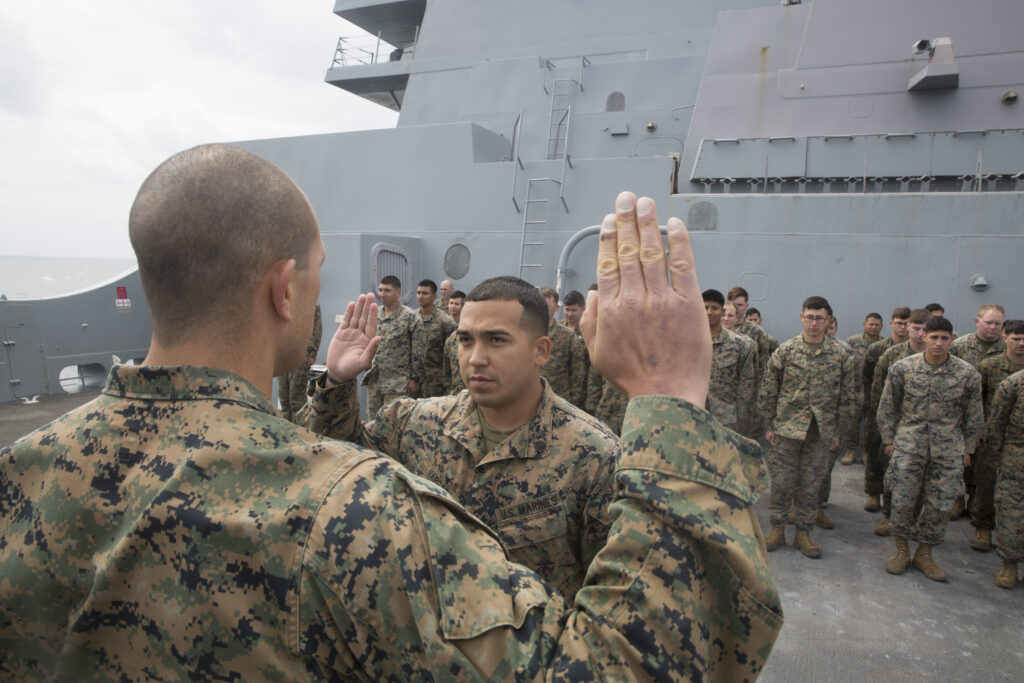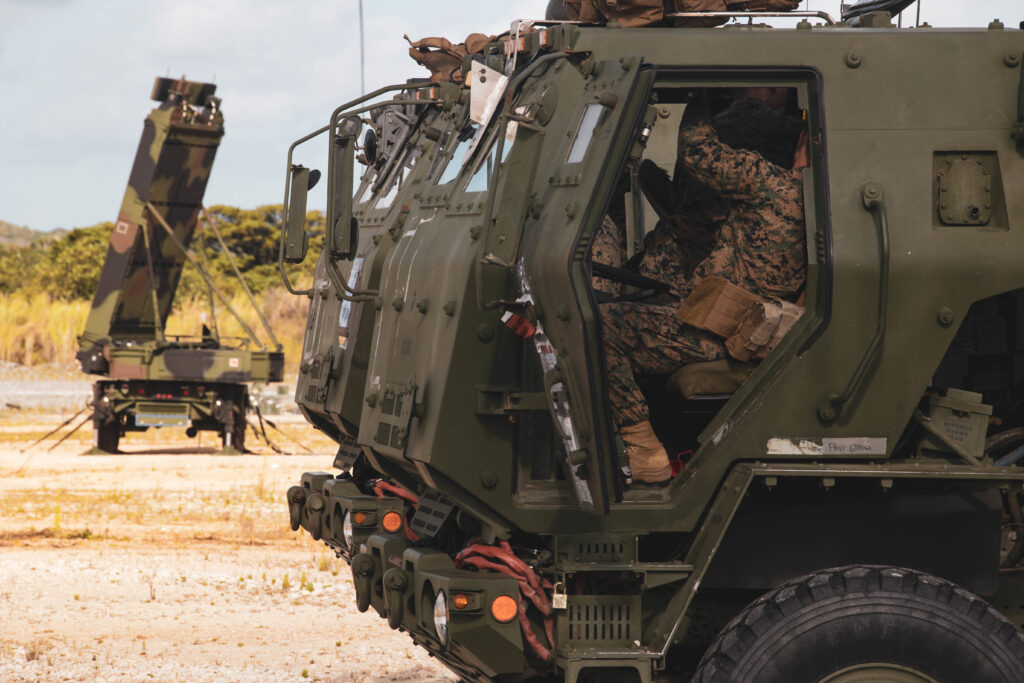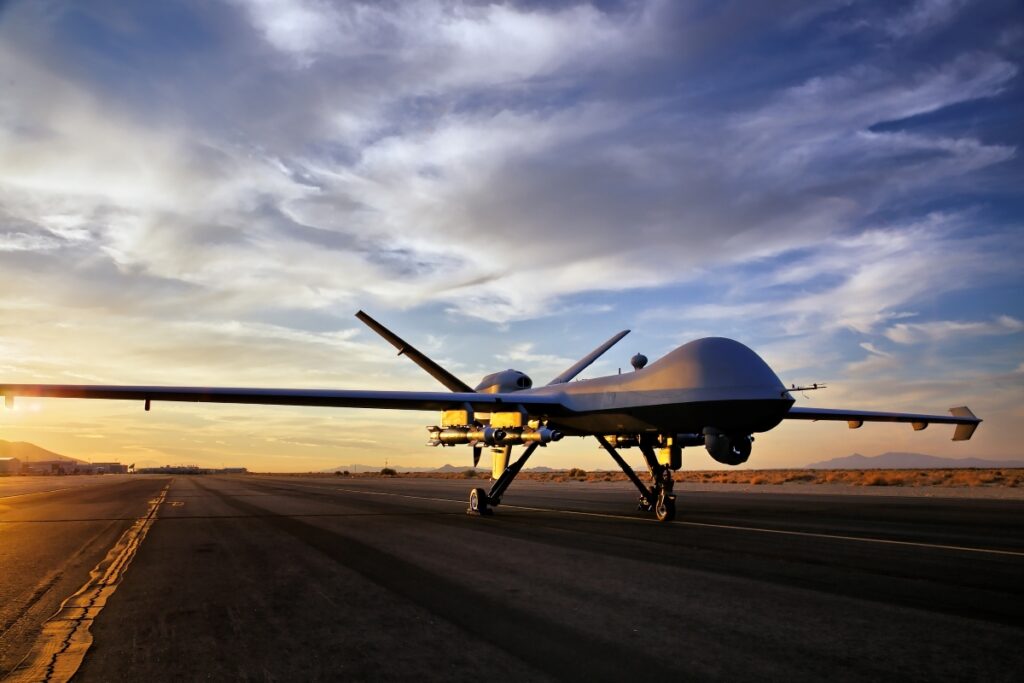HII Positions Senior Team to Accelerate Newport News Shipbuilding Transformation and Execution

NEWPORT NEWS, Va. — HII’s Newport News Shipbuilding division announced July 20 several promotions designed to optimize its shipyard operations and accelerate execution.
“We have been on an aggressive journey to transform the way we run our business. Accomplishing this transformation while running our complex business is not a simple task,” said Jennifer Boykin, president of Newport News Shipbuilding. “Our Navy customer expects us to deliver ships on time and on budget so they can meet the evolving demands of the global security environment. Our ultimate success depends on the acceleration of these efforts led by experienced leaders.”
Boykin announced several leadership changes, effective immediately.
Matt Needy moves to vice president and chief transformation officer, from vice president of Navy programs. In this new position, the 34-year shipyard veteran is responsible for the overall Newport News strategy execution, advanced development of business growth, including the next-generation attack submarine SSN(X), enterprise-wide continuous improvement, overall operational health and risk-opportunity management.
With Needy’s transition, Bryan Caccavale moves to vice president of Navy programs, from vice president of material and manufacturing. In this role, Caccavale’s diverse leadership and strong financial experience will benefit program execution and financial performance of the ships built and maintained by Newport News.
Additionally, the material and manufacturing parts of Newport News are being restructured back into two stand-alone divisions. Julia Jones remains vice president of manufacturing, while Cullen Glass, director of supply chain procurement, moves to vice president of supply chain management. In this role, Glass is responsible for all procurement, outsourcing and material logistics functions across Newport News.
These leadership changes build on a multi-year shipyard modernization effort to enable safe and efficient delivery of the highest quality aircraft carriers and submarines, the company said. The modernization effort, including the shipyard’s Integrated Digital Shipbuilding program, has been instrumental in recent completion of the first USS Gerald R. Ford (CVN 78) planned incremental availability, launch of Virginia-class submarine New Jersey (SSN 796) and construction of the first digitally designed and built Ford-class carrier Enterprise (CVN 80).
